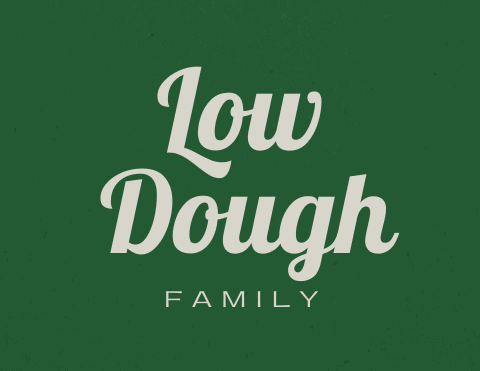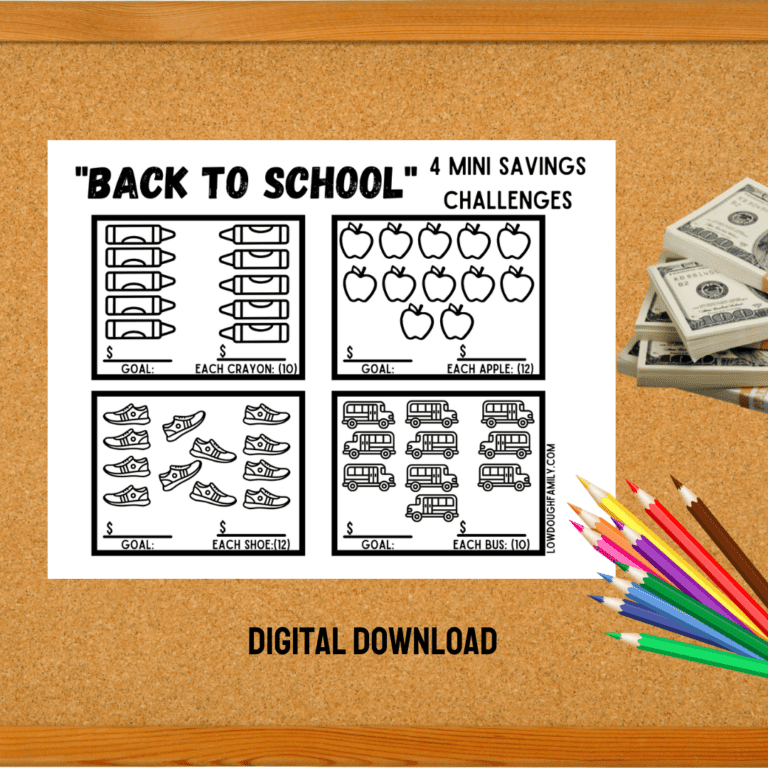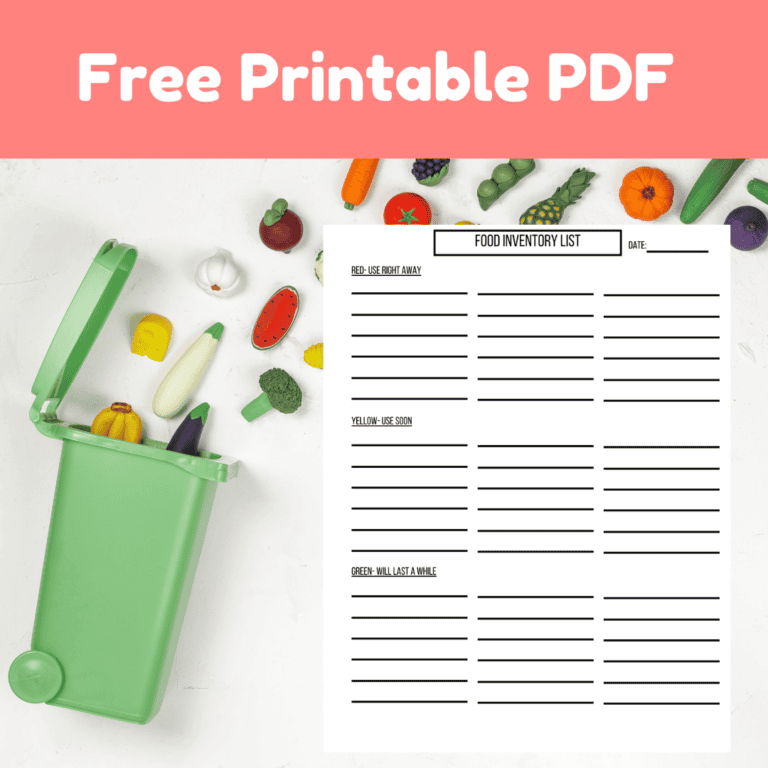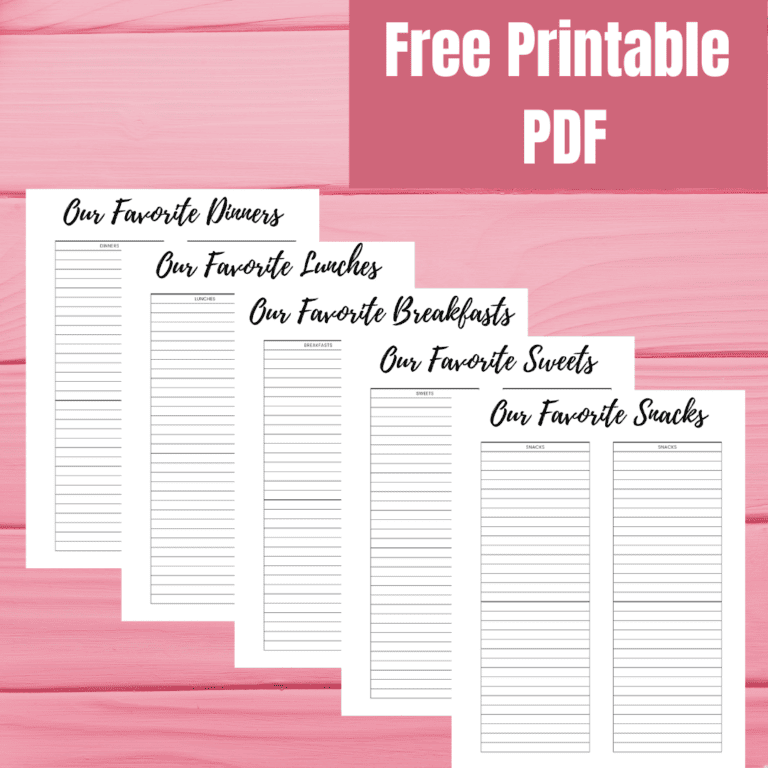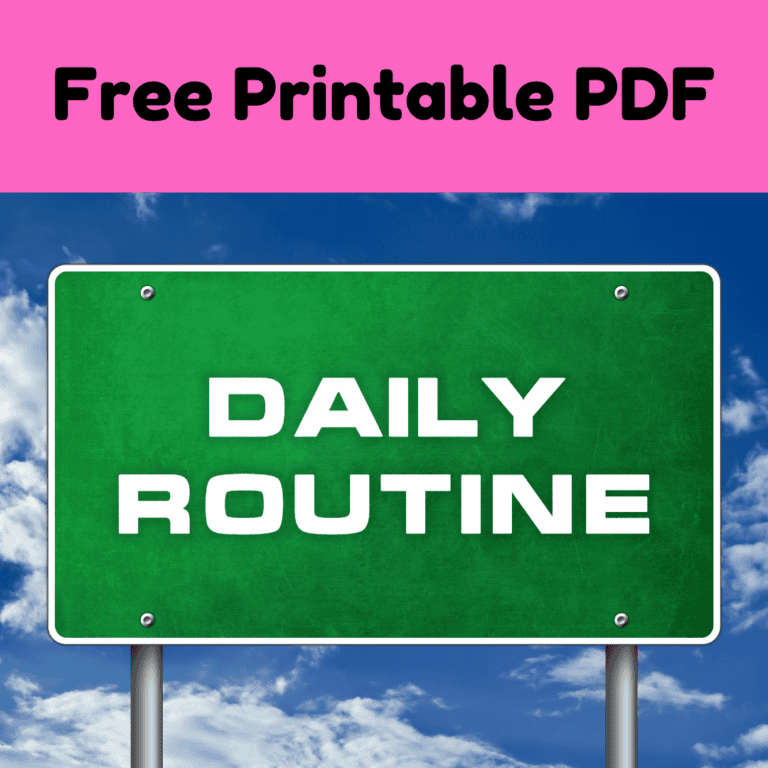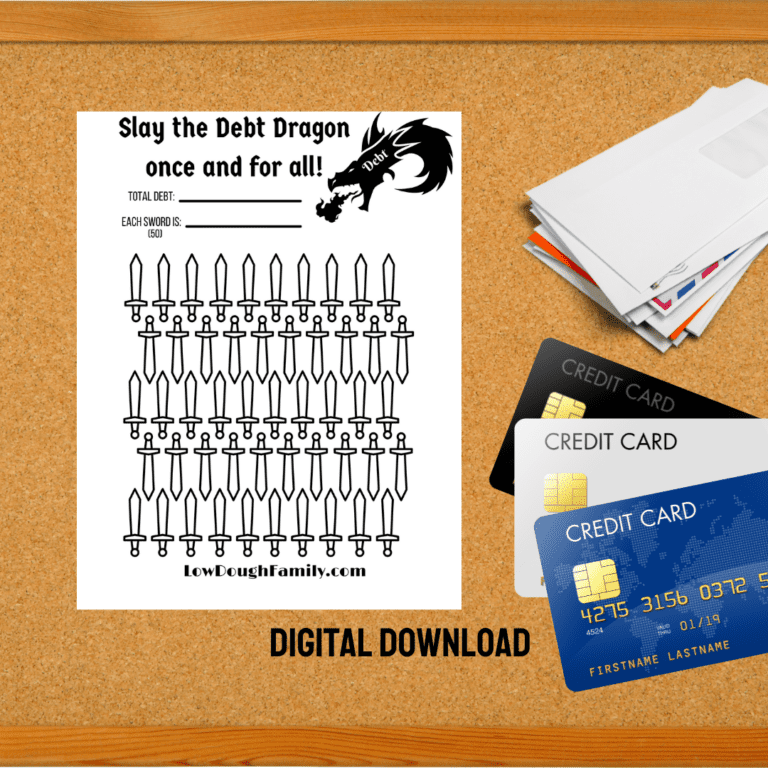Food Price Tracker PDF (Free Printable)
How do you know a good price is actually good price? A lot of times we have a magic number in our head that sounds like a good price, but we don’t usually write it down.
Now I have 2 things that I use to establish a baseline for prices. I use Walmart every day prices and Dollar Tree prices.
For most food items, I use the regular non-sale price at Walmart as a gauge for if something is a good deal. For example, the sandwich bread we buy at Walmart is 20oz and costs $1.42.
So, if I find bread that is the same size and less than $1.42 it might just be worth buying somewhere else.
For household items like toothpaste, glass cleaner, and even sponges I like to compare prices to Dollar Tree. If an item after coupon or sale price comes out to less than $1.25 than I am willing to purchase it elsewhere, but if it is higher I will just pick up next time I am at DT.
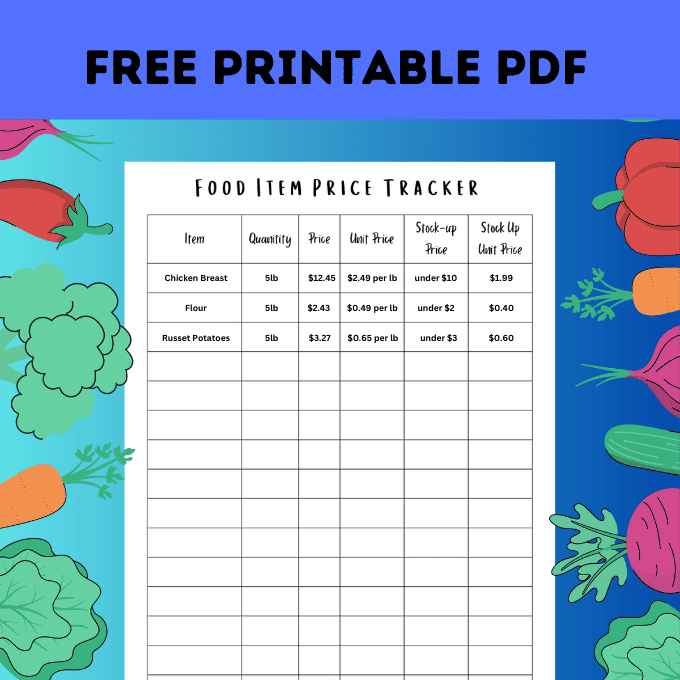
I have filled out a few rows above to give you an idea of how I keep track of my prices on items that my family uses regularly.
Free Printable PDF Price Tracker
So if you don’t want all these numbers floating in your head or having to keep pull up your Walmart app on your phone, it can be really helpful to have some nice trackers ready to go.
I want you to print out a few pages and start by writing down the prices you pay for items this week at the grocery store. It doesn’t really matter what you paid 2 months ago, because we want to keep this list accurate for right now.
Then next time you go to purchase that item you can determine if it is a good price and if it is a Stock Up price. A good price you go ahead and buy 1-2, a stock up price you buy enough for the next few months!
If you already know your prices, you can still use this sheet as catch all for when your looking through ads and scouting deals. I find it nice to have everything in one place so I don’t have to think on the spot! LOL

Determining Stock Up Price/Unit Price
When you are filling out the price and unit price, you will use current prices at your local stores. The hard part is determining when an item is a good price for stocking up.
In the first example, I put down that I bought chicken at $2.49 a pound and it cost $12.45 for a 5lb package. Now looking at the package, I think to myself that I would really have loved to save a little bit more and only paid about $10 for that package.
So now my stock up price is $10 and that makes my unit price $1.99 a pound. Then the next time I see chicken for $1.99 a pound or less, I will purchase enough to last a few months until the next sale.
Sales typically run in patterns of anywhere from 3,6-,9-, or 12-week cycles. A good rule of thumb is to buy enough for the next 3 months. (As long as you have the space to store the item and it won’t go bad in that time frame.)
For instance, I can’t buy 3 months’ worth of lettuce without it going bad, but I can buy 3 months of chicken. I will break it down into smaller packages and vacuum seal it, then put it in my freezer.
Now I have chicken for the next 3 months, and I don’t have to worry about the weekly price changes. I won’t be paying the highest prices because I bought it at the lowest price!
This strategy of stocking your pantry and freezer ahead can make a huge difference in your grocery budget!
